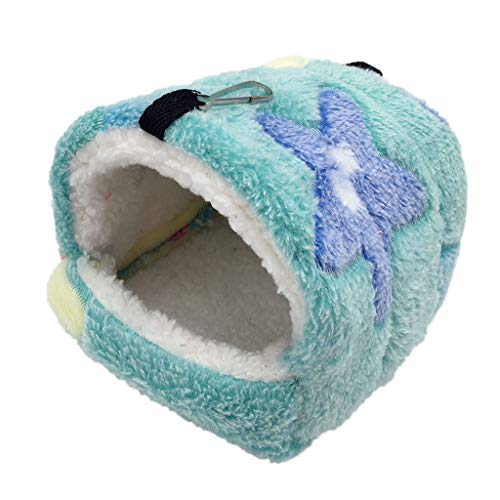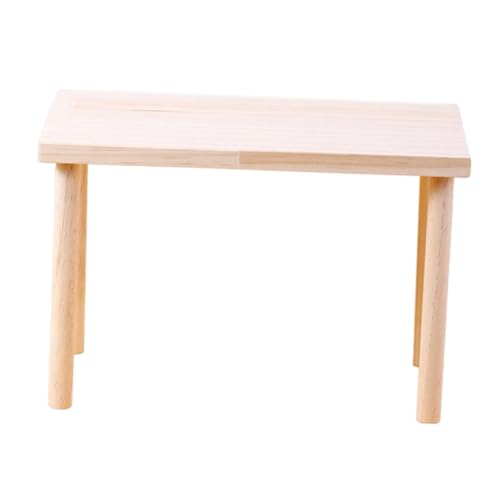I think that death usually looks worse than what the creature actually feels.
I've been with several palliative (human patients, as well as my own grandmother) while they've died . . . and it is always so horrifying for family members because you see them twitch, gasp for air, breathe irregularly, etc.
When that irregular breathing starts (fast then slow, then fast again - which is called Cheyne-Stokes), it is because there is not enough oxygen to the brain stem. Without a functioning brain stem, you are not conscious - so whether a human or a rat, they're not experiencing any sensation of pain or shortness of breath.
Getting to that point is what can be painful. The accident that causes it, the respiratory distress that has to occur for the brainstem to actually become so damaged in the first place, septic shock to cause brain stem damage, etc.
I think for me, a peaceful death includes euthanasia, anesthesia while the patient gets to the point of death (morphine depresses respiratory centres int he brain, so the sensation of being short of breath/pain isn't there), or a sudden accident causing brainstem damage so that there is a loss of sensation, and then natural death. I think that the comfort of a human there is probably only relevant to the rat before that kind of brainstem damage or sedation occurs . . . and after that, I just think that they are essentially already gone. It's more for myself that I want to stay, and it's more for myself that I hold hands and talk to dying patients who are Cheyne-Stokesing. They're not in there anymore . . . but I am and I need to feel that I offered comfort, even if rationally I know they are unaware.
That's long winded. I am taking my beloved Finnley to be PTS this afternoon so it's on my mind.










































